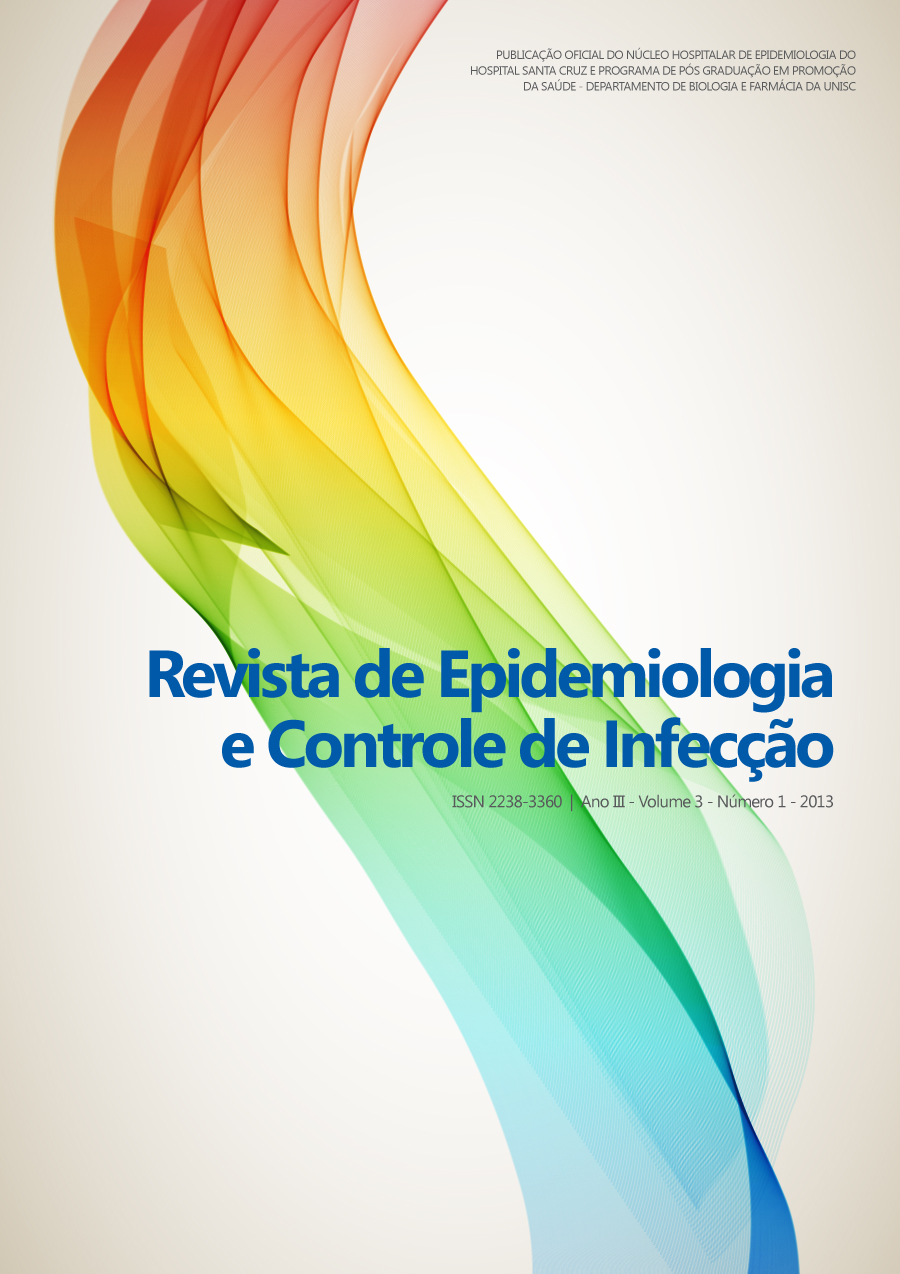Epidemiology of visceral leishmaniasis in the state of Rio Grande do Norte, Brazil
DOI:
https://doi.org/10.17058/reci.v3i1.3148Abstract
Rationale and objectives: Considered a neglected disease, visceral leishmaniasis (VL) has expanded and urbanized, worsening this public health problem in the Northeast of Brazil. The present study aimed to understand the epidemiology of the disease and its spatial distribution in the state of Rio Grande do Norte. Methods: Descriptive study of autochthonous cases of VL occurring from 2007 to 2011 in residents of the state of Rio Grande do Norte. The information is derived from the Disease Notifi cation Information System available on the website of the Unifi ed Health System Department of Informatics - DATASUL. Tabwin 3.6 was used to analyze data and create the map. Results: the incidence in the period was 3.02 cases per 100,000 inhabitants. The fatality rate was 4.22%. Male mulatto individuals aged 20-39 years were the most frequently affected, as well as those with low level of education (33.7%); 9.7% were co-infected with HIV and the cure rate was 80%. The laboratory confi rmation criterion was used in 92.19% of the cases. The highest number of cases occurred in the towns of Mossoró (152), Natal (89), Açu (28) and Parnamirim (21). Conclusion: The data demonstrate the endemicity of VL, with a high percentage of infection in children and HIV-positive individuals, with most cases occurring in the most populated municipalities of the state. These data point to the need for structuring patient care and health surveillance services in towns with the highest incidence of the disease. KEYWORDS: Visceral. Leishmaniasis. Epidemiology. Zoonosis. Spatial Distribution.Downloads
Downloads
Published
How to Cite
Issue
Section
License
The author must state that the paper is original (has not been published previously), not infringing any copyright or other ownership right involving third parties. Once the paper is submitted, the Journal reserves the right to make normative changes, such as spelling and grammar, in order to maintain the language standard, but respecting the author’s style. The published papers become ownership of RECI, considering that all the opinions expressed by the authors are their responsibility. Because we are an open access journal, we allow free use of articles in educational and scientific applications provided the source is cited under the Creative Commons CC-BY license.


